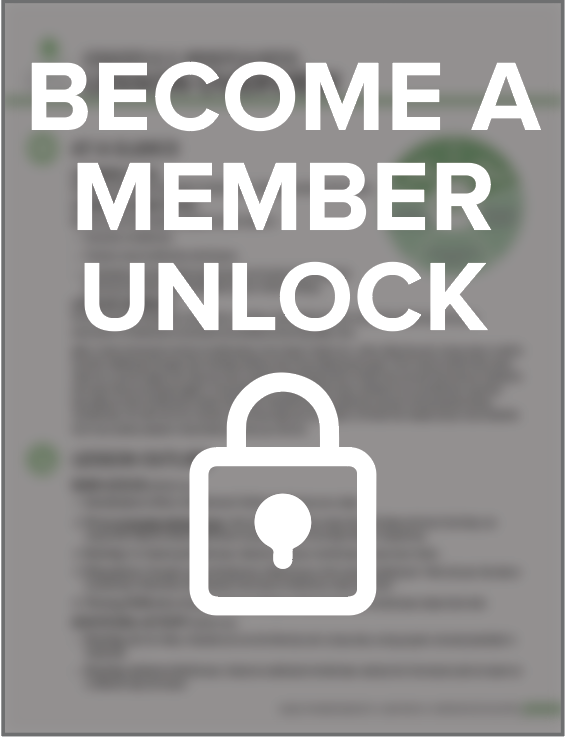Locked Content
Unlock this lesson plan by becoming a paid member. Existing members, please log in.
Students will understand how emotions feel in their bodies.
By the end of the lessons, students will be able to:
- Draw a map of their bodies showing where they feel different emotions
- Understand that different people feel emotions in their bodies differently
Butterflies in your stomach? We all really do feel our emotions in our body; there’s even scientific evidence proving it. Why is this important then to teach? Because it helps us understand that we all have some control over how we feel both emotionally and physically.
This lesson starts with a mindful moment called sphere breath in which students bring movement to their breathing. You then lead the students in a stretching warm-up in which they notice where they feel movement in their bodies. The Munchy and Jumpy story then introduces students to the idea of feeling emotions in their body. When Munchy, Jumpy, and Rhonda each get stung by “feeling-bees.” The cure requires identifying feelings based on how they feel physically. Following the story, you lead a short body scan in which students pay attention to different parts of their bodies. After the scan, using a body map template, students draw and
color where they feel certain emotions in their bodies. Students end by reflecting in their journal by drawing a picture of themselves doing a body scan.
This lesson does not require any significant modifications for online delivery. As always, use the Munchy and Jumpy story as the lesson’s main piece. To bring in some movement to online learning, check out the different movement poses in the additional activity section or the video in the lesson variation.
Have students turn off their cameras for the Body Scan.
Make sure to give students time (at least a minute) to get settled and comfortable for the body scan. A minute of wait time on a recorded delivery can feel awkward as the teacher, but it will take students a lot of time to get settled. After the activity, ask the students the discussion questions. Even though it’s not a true discussion, it will help them reflect on the experience.
CASEL Competencies
Self-awareness: The abilities to understand one’s own emotions, thoughts, and values and how they influence behavior across contexts. This includes capacities to recognize one’s strengths and limitations with a well-grounded sense of confidence and purpose.
Self-management: The abilities to manage one’s emotions, thoughts, and behaviors effectively in different situations and to achieve goals and aspirations. This includes the capacities to delay gratification, manage stress, and feel motivation & agency to accomplish personal/collective goals.


